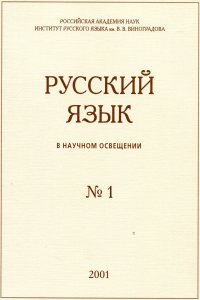Eleven questions and answers about Belarusian Trasyanka
Abstract:
This paper is a conclusion to a research project on Belarusian-Russian Mixed Speech (BRMS), which is commonly referred to disrespectfully as “Trasyanka”. BRMS is practiced as a subvariety by millions of people in Belarus, usually in addition to Russian. The findings of the project will be presented in a question and answer format. At issue are 11 questions, which have been widely discussed during the last two decades: 1. When did BRMS / Trasyanka come into existence? 2. How did BRMS / Trasyanka arise and how is it acquired? 3. Is BRMS / Trasyanka a form of speech of the uneducated? 4. Does BRMS / Trasyanka have anything in common with pidgin or creole languages or other “mixed languages”? 5. Is BRMS / Trasyanka an instance of code switching, of code mixing or a mixed (“fused”) lect? 6. Does BRMS / Trasyanka have a usus or usage norm? 7. Is it possible to distinguish a Belarusian-based BRMS / Trasyanka from a Russian-based one? 8. Is Trasyanka a “dialect” of Belarusian or Russian? 9. Can we apprehend BRMS / Trasyanka with old concepts like “diglossia” and “bilingualism”? 10. Is BRMS / Trasyanka a transient epiphenomenon in the language shift from Belarusian to Russian? 11. What role does BRMS / Trasyanka play for the maintenance or revitalisation of Belarusian?


